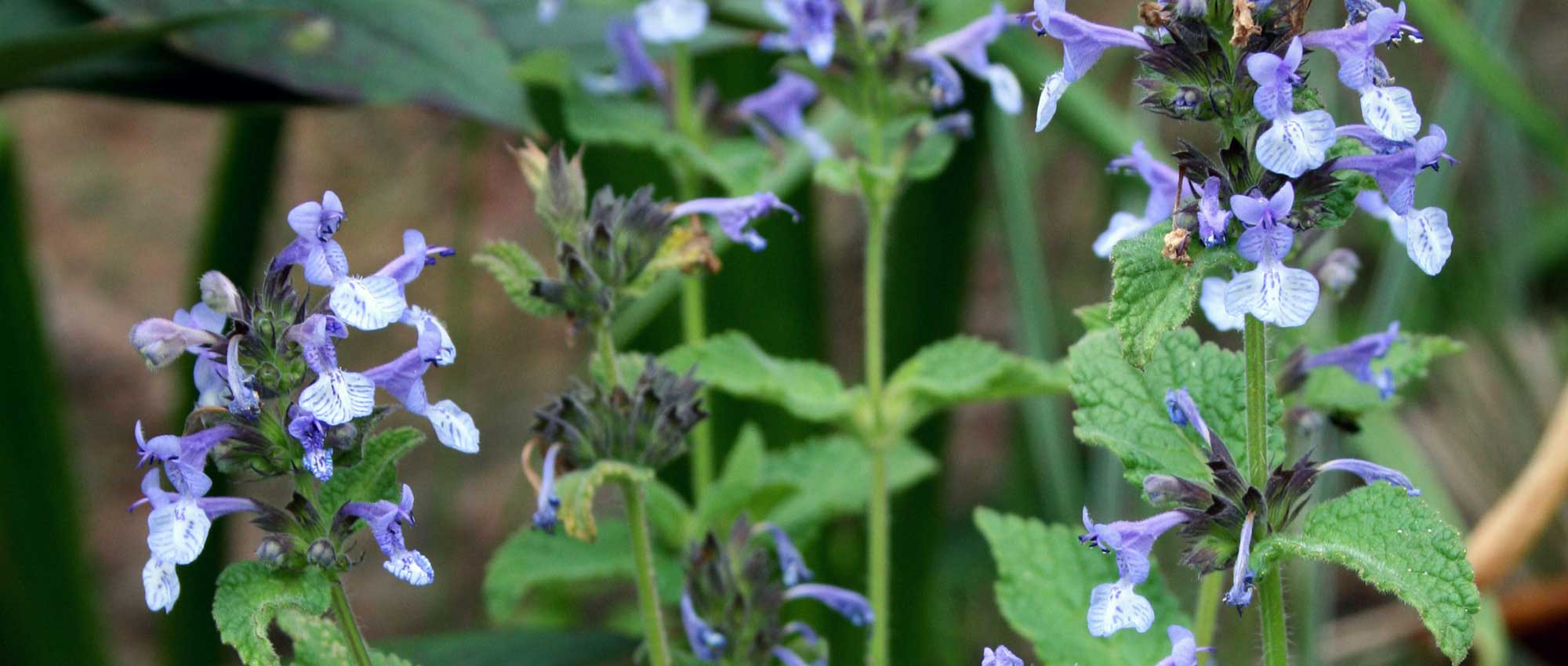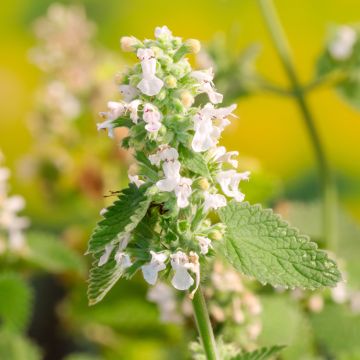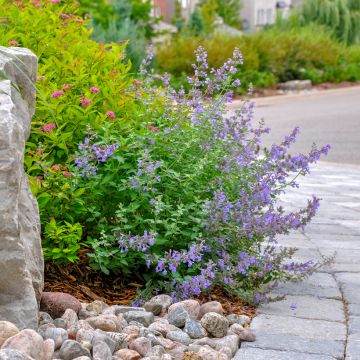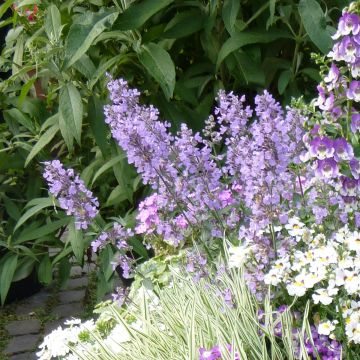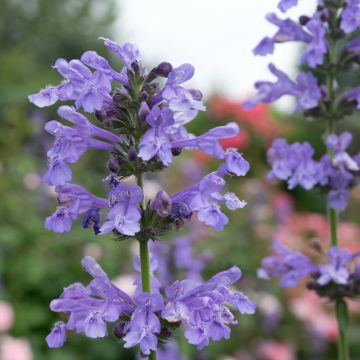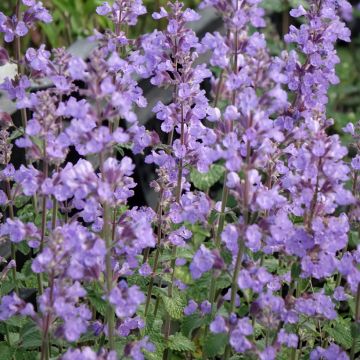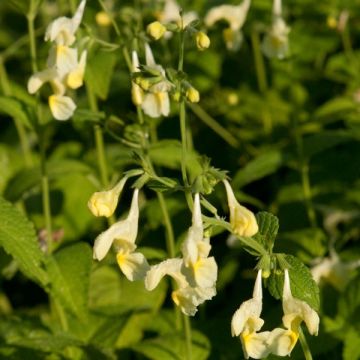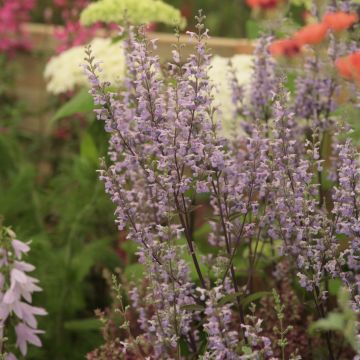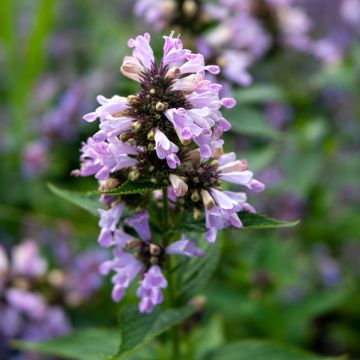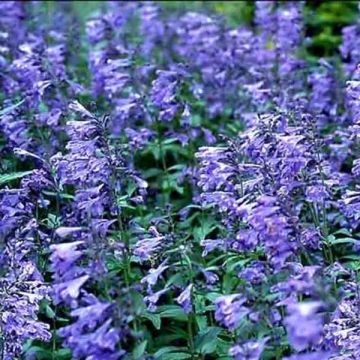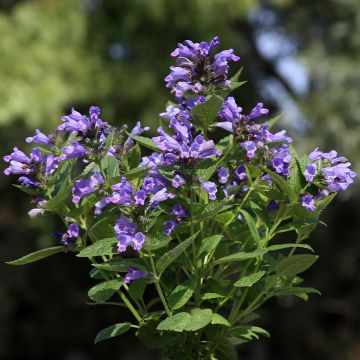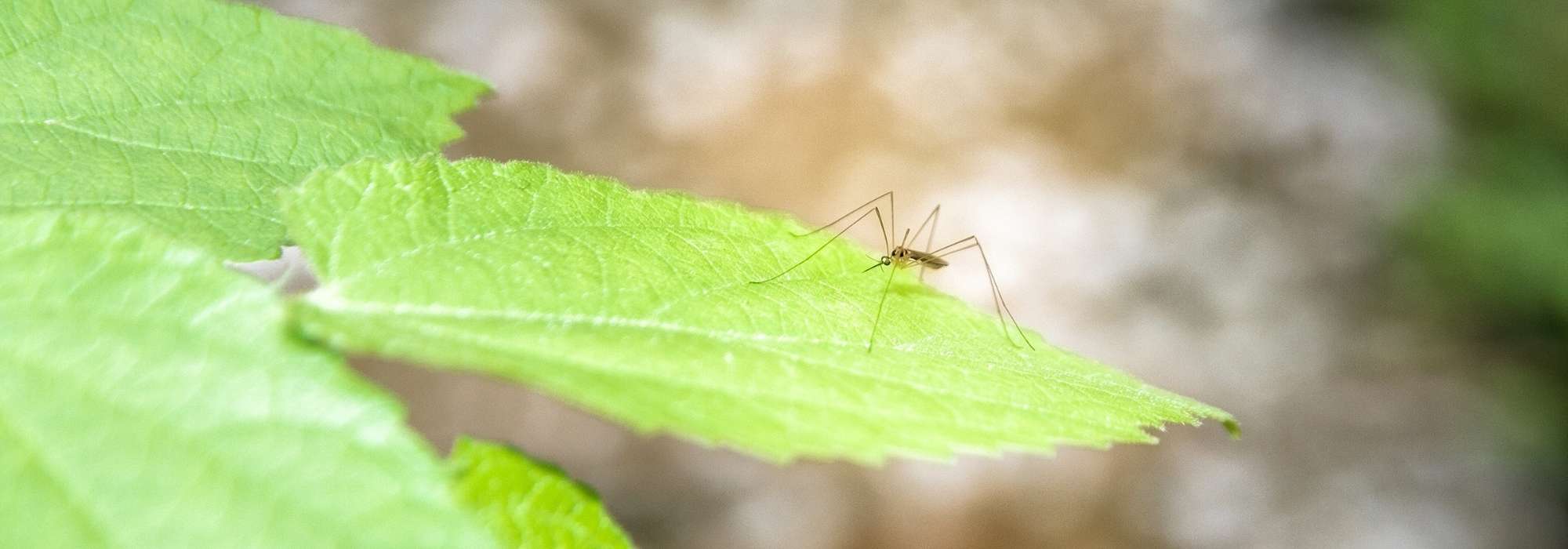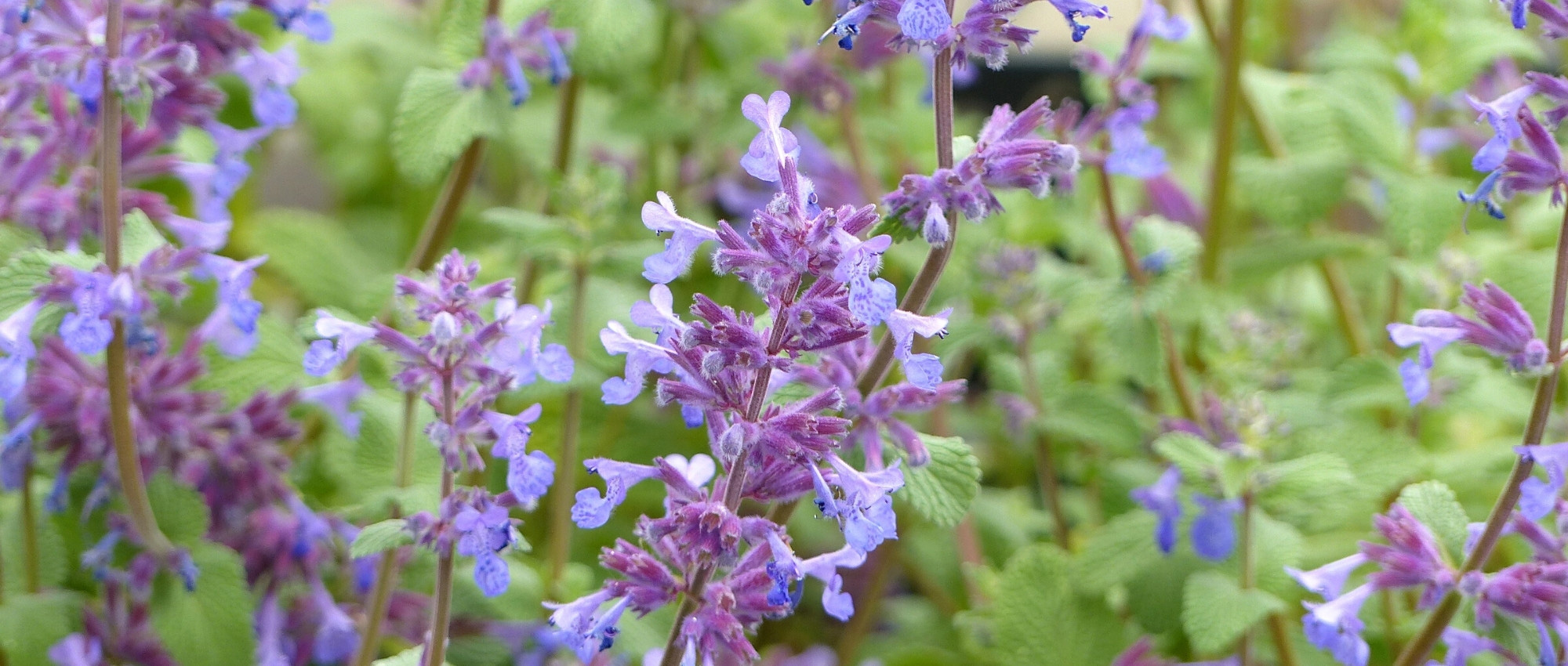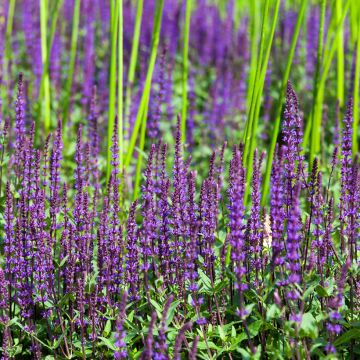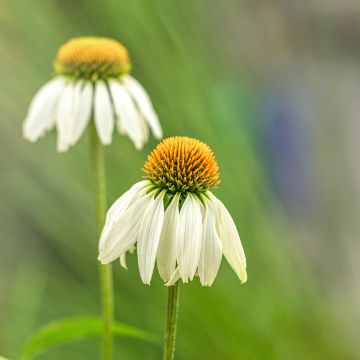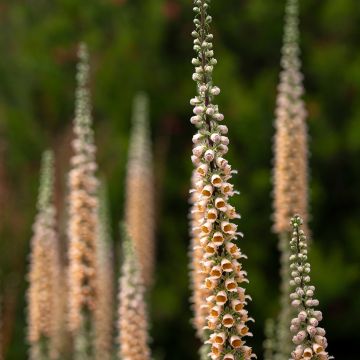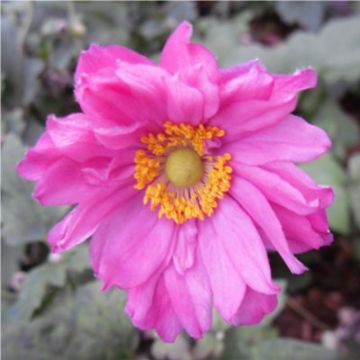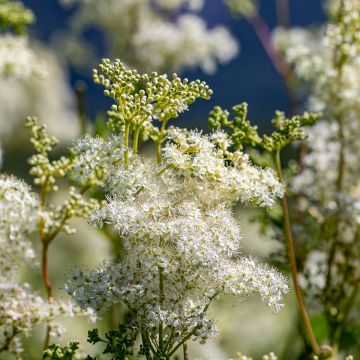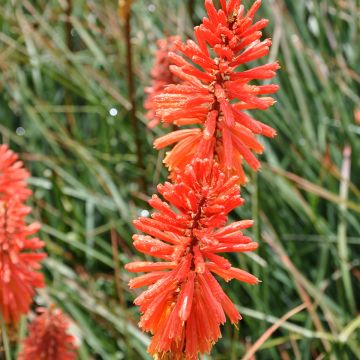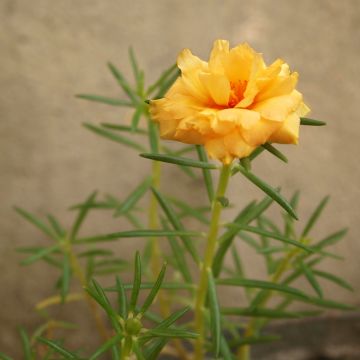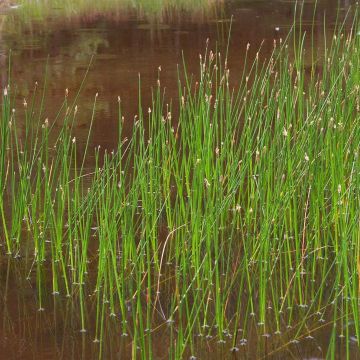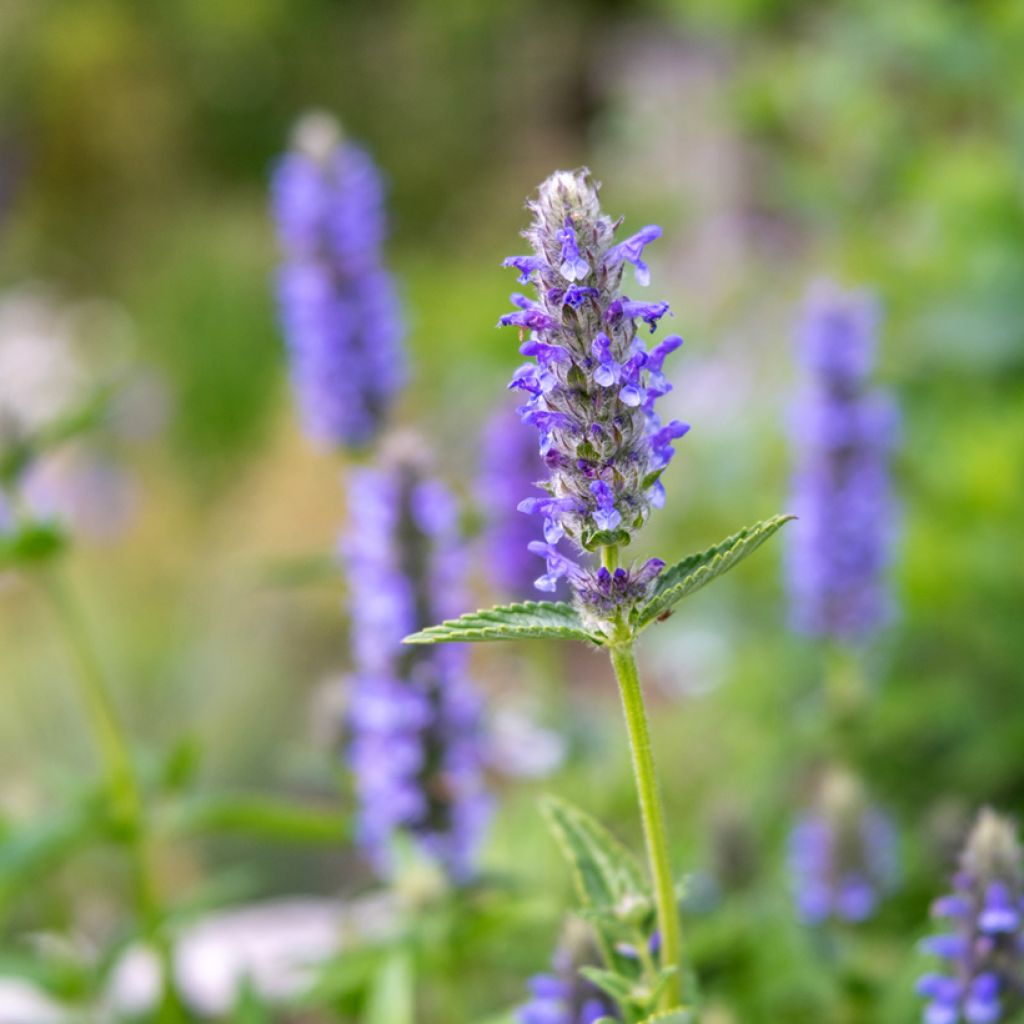

Nepeta nervosa - Catnip
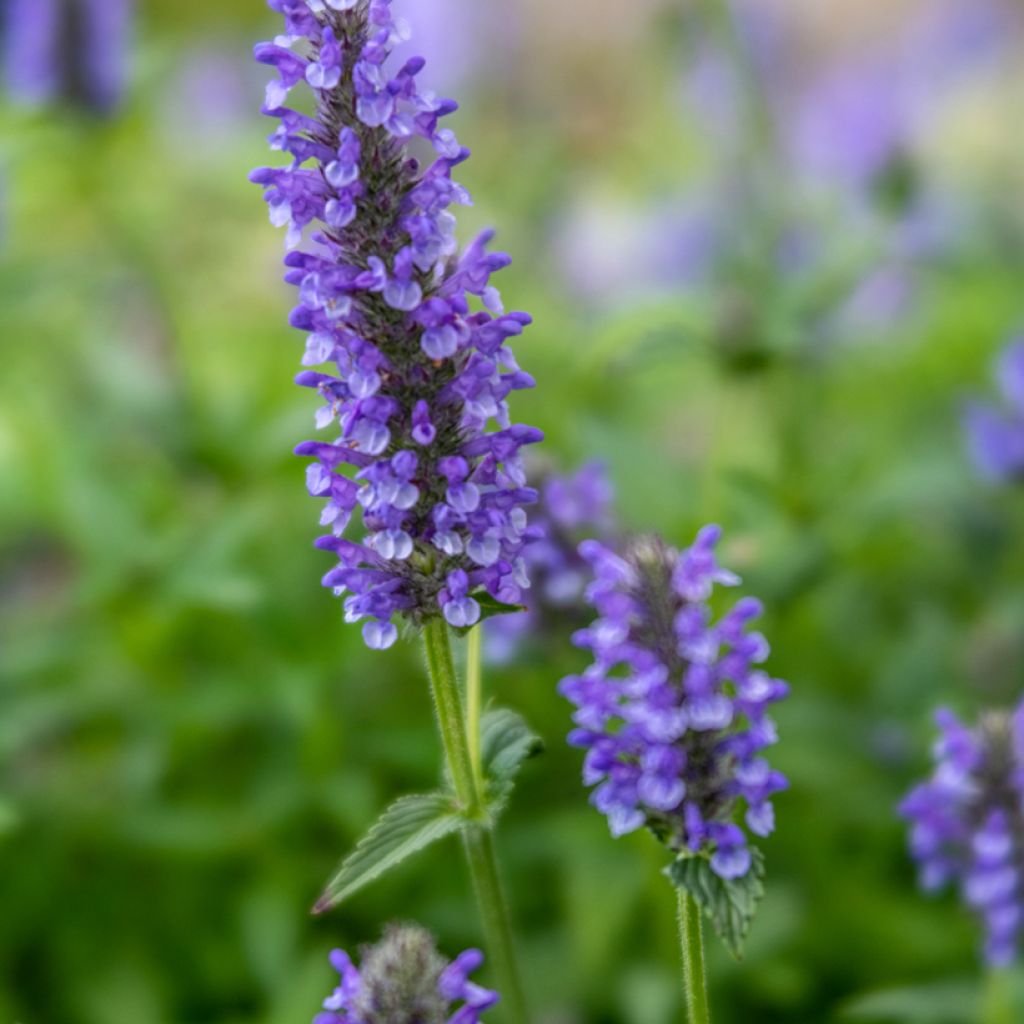

Nepeta nervosa - Catnip
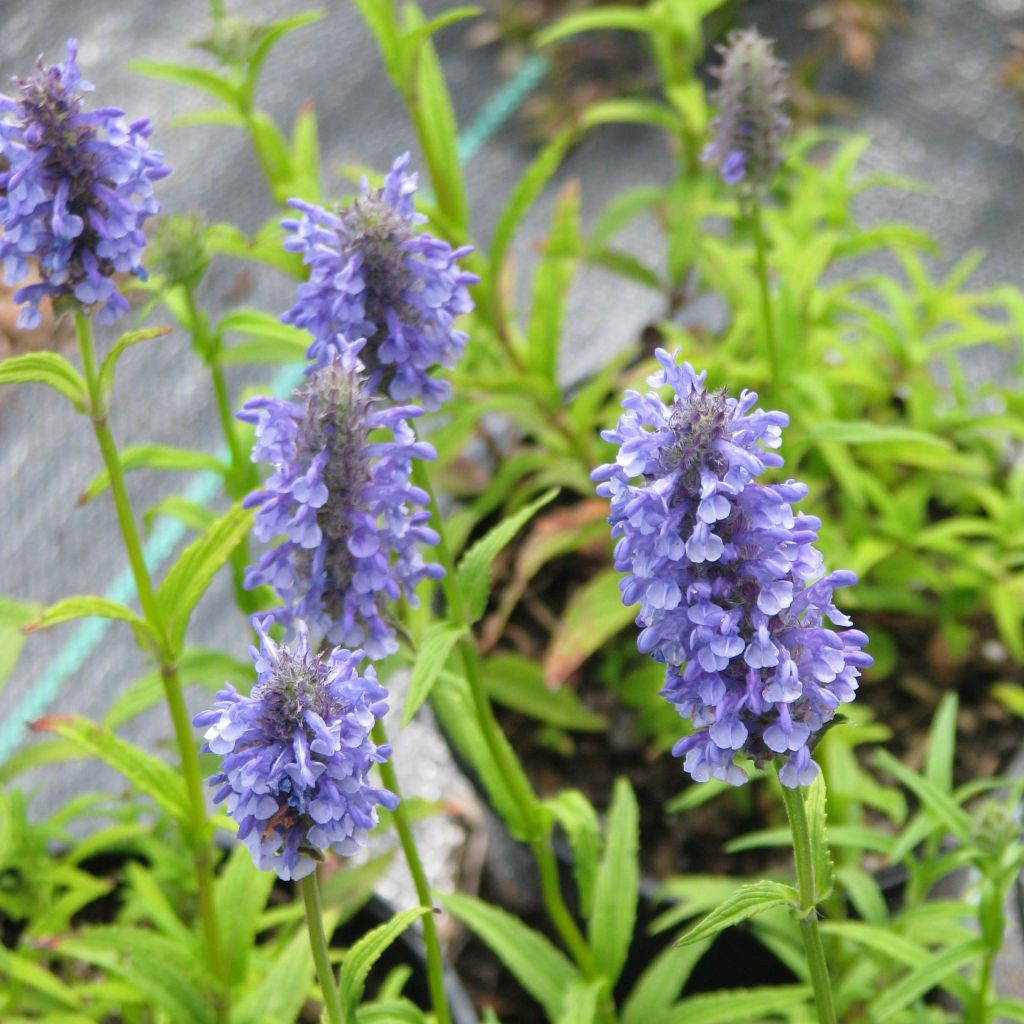

Nepeta nervosa - Catnip
Nepeta nervosa - Catnip
Nepeta nervosa
Catmint
Thank you to the individuals (for order preparation & shipping service), the Nepeta received was thirsty but still appears healthy to me. Planted near a Helenium, I am now looking forward to seeing its development...
Thierry, 07/08/2021
Special offer!
Receive a €20 voucher for any order over €90 (excluding delivery costs, credit notes, and plastic-free options)!
1- Add your favorite plants to your cart.
2- Once you have reached €90, confirm your order (you can even choose the delivery date!).
3- As soon as your order is shipped, you will receive an email containing your voucher code, valid for 3 months (90 days).
Your voucher is unique and can only be used once, for any order with a minimum value of €20, excluding delivery costs.
Can be combined with other current offers, non-divisible and non-refundable.
Home or relay delivery (depending on size and destination)
Schedule delivery date,
and select date in basket
This plant carries a 12 months recovery warranty
More information
We guarantee the quality of our plants for a full growing cycle, and will replace at our expense any plant that fails to recover under normal climatic and planting conditions.
Does this plant fit my garden?
Set up your Plantfit profile →
Description
Nepeta nervosa is a remarkable deciduous herbaceous perennial, forming a beautiful clump, with long very ridged, green, slightly aromatic leaves, crowned with upright stems with long spikes of magnificent purple-blue flowers from summer to autumn.
Nepeta, also known as Catnip or Catmint, is part of the Lamiaceae family. Nepeta nervosa is native to the Kashmir province in India. This spectacular, vigorous species, is bushy and rounded, about 50 to 70 cm (20 to 28in) high and 30 cm (12in) wide. This veined Catmint grows rapidly and has non-branched upright stems, and aromatic deciduous foliage, composed of velvety, medium green leaves, 8 to 10 cm (3 to 4in) long, with very prominent veins. From July to October, it has dense spikes 15 to 20 cm (6 to 8in) long, with splendid purple-blue flowers. Very floriferous and attractive to pollinating insects, Nepetas are also attractive to cats, who like the scent of the foliage and like to rub against it.
Nepetas are very easy and trouble-free perennials, robust and fast-growing, essential in the garden, for their beautiful bushy shape, aromatic foliage, and relentless summer flowering. Nepeta nervosa has a very long flowering period and is a highly ornamental plant for the garden, whether planted in a rockery, on a slope, at the edge of a perennial bed, or even in a scree garden. It is well-suited for growing in pots on a terrace or balcony.
This hardy species likes sunny locations and well-drained soil. Its long flowering stems make an excellent cut flower for creating beautiful country bouquets. The purple-blue flowers will beautifully complement and contrast with the yellow or orange flowers of summer perennials. It will pair with Daylilies, Paniculate Phlox, Purple Coneflowers, Oriental Poppies, Japanese Anemones, Astrantias, and Knautias and have a stunning effect at the base of shrub and climbing roses, where it will cover the base.
Nepeta nervosa - Catnip in pictures
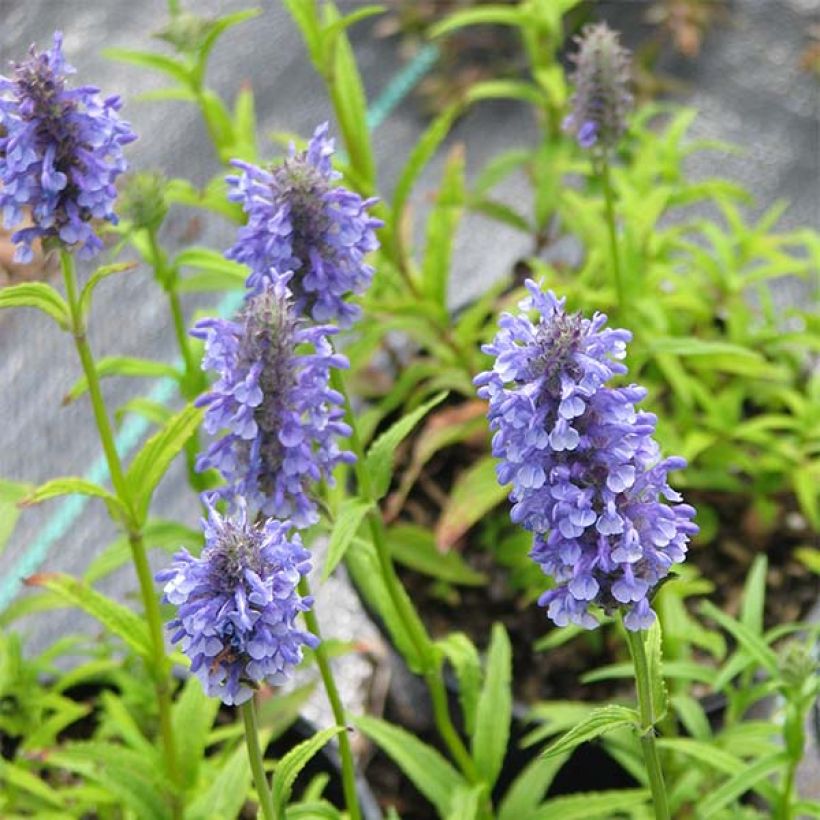

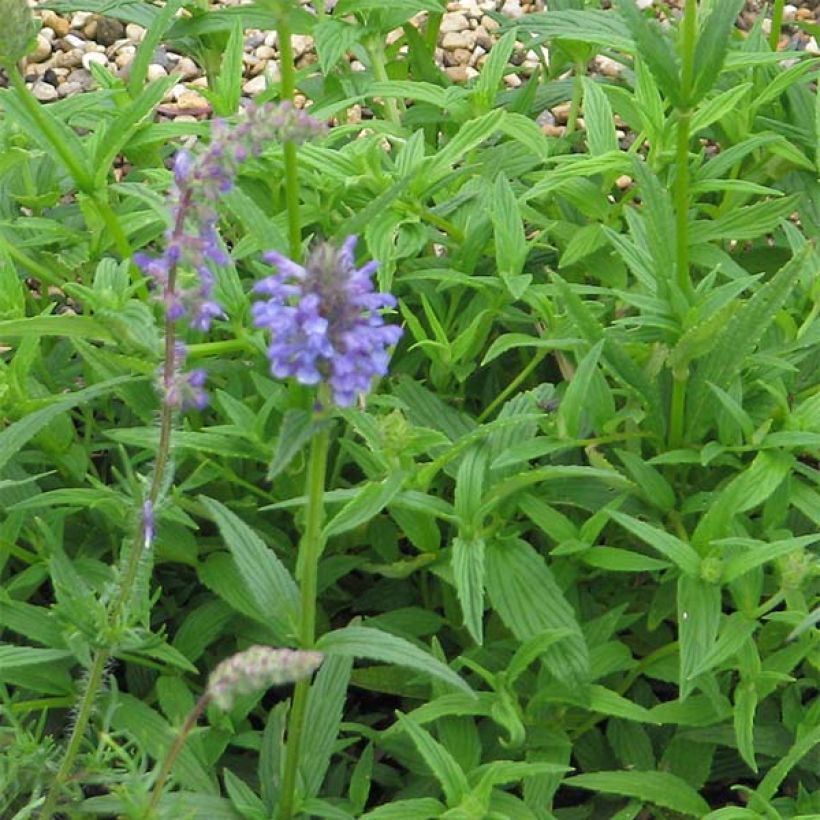

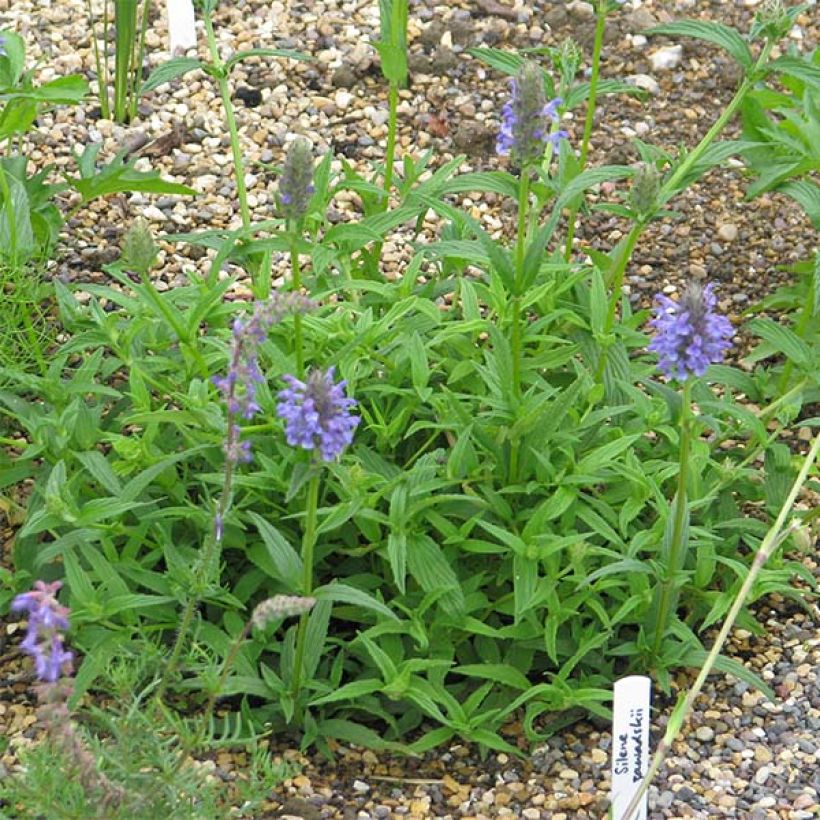

Flowering
Foliage
Plant habit
Botanical data
Nepeta
nervosa
Lamiaceae
Catmint
India
Other Nepeta - Catnip
View all →Planting and care
Nepeta nervosa is a vigorous, very easy-to-grow perennial, hardy down to -15°C (5°F) at least. It likes sun or light shade, ordinary, sandy, rocky and poor soil, moist to dry and well-drained, especially in winter. In heavy soils add gravel and sand to improve drainage when planting. Only water if the plant shows obvious signs of thirst. Planting can be done in autumn but is better in spring so that the roots can develop before winter. Let the clump dry throughout the winter to protect the crown. Prune hard in early spring, before regrowth. Remove faded stems regularly to promote more flowers. You can cut back the faded flowers to 20 cm (8in) during summer, which will make the plant more compact and extend its flowering until autumn, or even winter. Divide clumps in spring. Although fairly disease-resistant, young shoots are sometimes attacked by slugs and snails, and the foliage can be affected by powdery mildew in dry summers.
Planting period
Intended location
Care
Planting & care advice
-
, onOrder confirmed
Reply from on Promesse de fleurs
Similar products
Haven't found what you were looking for?
Hardiness is the lowest winter temperature a plant can endure without suffering serious damage or even dying. However, hardiness is affected by location (a sheltered area, such as a patio), protection (winter cover) and soil type (hardiness is improved by well-drained soil).

Photo Sharing Terms & Conditions
In order to encourage gardeners to interact and share their experiences, Promesse de fleurs offers various media enabling content to be uploaded onto its Site - in particular via the ‘Photo sharing’ module.
The User agrees to refrain from:
- Posting any content that is illegal, prejudicial, insulting, racist, inciteful to hatred, revisionist, contrary to public decency, that infringes on privacy or on the privacy rights of third parties, in particular the publicity rights of persons and goods, intellectual property rights, or the right to privacy.
- Submitting content on behalf of a third party;
- Impersonate the identity of a third party and/or publish any personal information about a third party;
In general, the User undertakes to refrain from any unethical behaviour.
All Content (in particular text, comments, files, images, photos, videos, creative works, etc.), which may be subject to property or intellectual property rights, image or other private rights, shall remain the property of the User, subject to the limited rights granted by the terms of the licence granted by Promesse de fleurs as stated below. Users are at liberty to publish or not to publish such Content on the Site, notably via the ‘Photo Sharing’ facility, and accept that this Content shall be made public and freely accessible, notably on the Internet.
Users further acknowledge, undertake to have ,and guarantee that they hold all necessary rights and permissions to publish such material on the Site, in particular with regard to the legislation in force pertaining to any privacy, property, intellectual property, image, or contractual rights, or rights of any other nature. By publishing such Content on the Site, Users acknowledge accepting full liability as publishers of the Content within the meaning of the law, and grant Promesse de fleurs, free of charge, an inclusive, worldwide licence for the said Content for the entire duration of its publication, including all reproduction, representation, up/downloading, displaying, performing, transmission, and storage rights.
Users also grant permission for their name to be linked to the Content and accept that this link may not always be made available.
By engaging in posting material, Users consent to their Content becoming automatically accessible on the Internet, in particular on other sites and/or blogs and/or web pages of the Promesse de fleurs site, including in particular social pages and the Promesse de fleurs catalogue.
Users may secure the removal of entrusted content free of charge by issuing a simple request via our contact form.
The flowering period indicated on our website applies to countries and regions located in USDA zone 8 (France, the United Kingdom, Ireland, the Netherlands, etc.)
It will vary according to where you live:
- In zones 9 to 10 (Italy, Spain, Greece, etc.), flowering will occur about 2 to 4 weeks earlier.
- In zones 6 to 7 (Germany, Poland, Slovenia, and lower mountainous regions), flowering will be delayed by 2 to 3 weeks.
- In zone 5 (Central Europe, Scandinavia), blooming will be delayed by 3 to 5 weeks.
In temperate climates, pruning of spring-flowering shrubs (forsythia, spireas, etc.) should be done just after flowering.
Pruning of summer-flowering shrubs (Indian Lilac, Perovskia, etc.) can be done in winter or spring.
In cold regions as well as with frost-sensitive plants, avoid pruning too early when severe frosts may still occur.
The planting period indicated on our website applies to countries and regions located in USDA zone 8 (France, United Kingdom, Ireland, Netherlands).
It will vary according to where you live:
- In Mediterranean zones (Marseille, Madrid, Milan, etc.), autumn and winter are the best planting periods.
- In continental zones (Strasbourg, Munich, Vienna, etc.), delay planting by 2 to 3 weeks in spring and bring it forward by 2 to 4 weeks in autumn.
- In mountainous regions (the Alps, Pyrenees, Carpathians, etc.), it is best to plant in late spring (May-June) or late summer (August-September).
The harvesting period indicated on our website applies to countries and regions in USDA zone 8 (France, England, Ireland, the Netherlands).
In colder areas (Scandinavia, Poland, Austria...) fruit and vegetable harvests are likely to be delayed by 3-4 weeks.
In warmer areas (Italy, Spain, Greece, etc.), harvesting will probably take place earlier, depending on weather conditions.
The sowing periods indicated on our website apply to countries and regions within USDA Zone 8 (France, UK, Ireland, Netherlands).
In colder areas (Scandinavia, Poland, Austria...), delay any outdoor sowing by 3-4 weeks, or sow under glass.
In warmer climes (Italy, Spain, Greece, etc.), bring outdoor sowing forward by a few weeks.






























